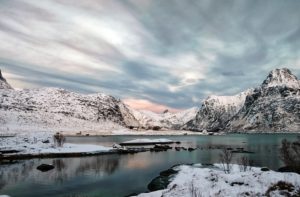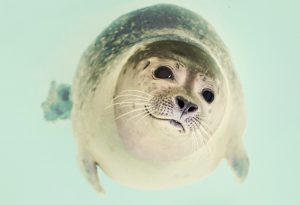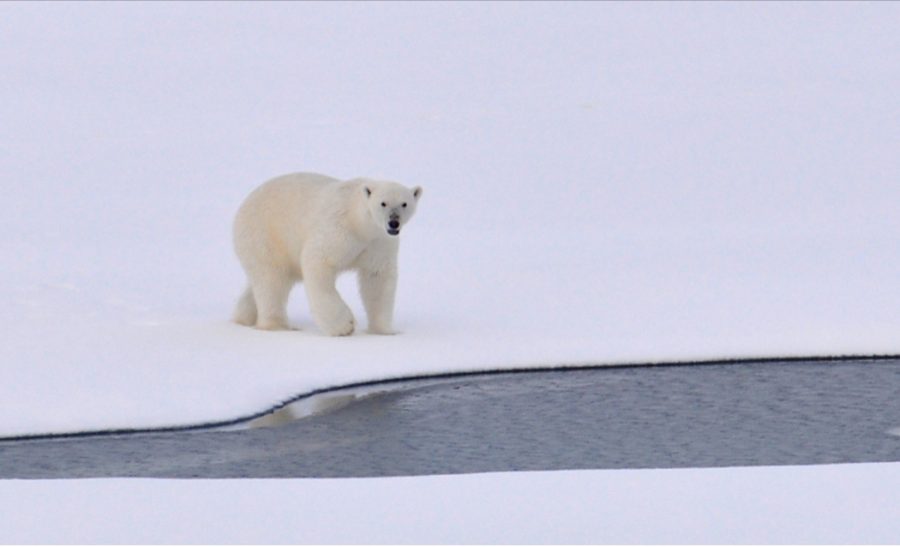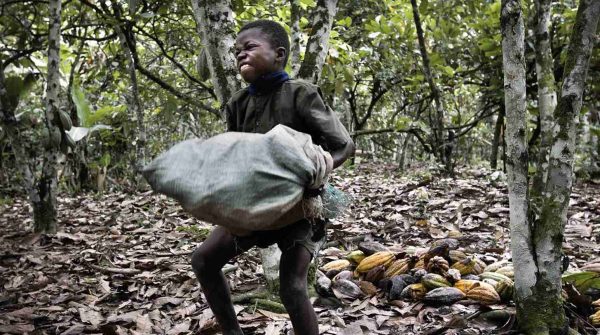Race to Save The Arctic: Oil Rigging Threat
The Arctic National Wildlife Refuge located in Northern Alaska is the largest protected wilderness area in America. It is 19 million acres that holds diverse species found nowhere else in the world. With the annual temperatures increasing and the environment drastically changing, the Arctic along with many of its endangered species are facing a challenging future.
 In January, the Trump administration proceeded to offer 1.5 million coastline acres in the refugee to oil companies to extract billions of gallons of oil. Proponents of the deregulation say that drilling in the Arctic would incredibly boost the economy of Alaska as well as significantly lower the cost of oil and gas for citizens with the influx of supply.
In January, the Trump administration proceeded to offer 1.5 million coastline acres in the refugee to oil companies to extract billions of gallons of oil. Proponents of the deregulation say that drilling in the Arctic would incredibly boost the economy of Alaska as well as significantly lower the cost of oil and gas for citizens with the influx of supply.
However the irreversible impact drilling would have on the Arctic is problematic. With the Arctic remaining untouched for decades, it is one of the most fragile ecosystems in the world. The machines needed to extract the oil would release toxic chemicals into the ocean making it inhabitable for many aquatic species. The underdeveloped Arctic would need buildings and roads built to make it efficient and profitable which would further affect the land.
The native tribe Gwich’in has previously fought off attempts of fossil fuel companies. Their population thrives off Caribou, a native animal to the Arctic. They hunt these animals for food, clothing material, and even medicine. In an interview with Mother Jones A elder from the tribe says “ We’ve depend on caribou for our way of life.” These resources have continued to be threatened with the expansion of climate change. This tribe helped raise awareness about the detrimental oil rigging among the rest of the U.S. population.
 As a result of the negative press and environmental controversy, only 3 oil companies ended up bidding for the Arctic with all the major companies taking a pass. In an effort to protect the Arctic, The Alaska Industrial Development and Export Authority, funded by the Alaskan Government bought the land. This failure to sell the land to an oil company was expected due to the extreme public pressure and all banks in America declaring they would not offer any funding for this project.
As a result of the negative press and environmental controversy, only 3 oil companies ended up bidding for the Arctic with all the major companies taking a pass. In an effort to protect the Arctic, The Alaska Industrial Development and Export Authority, funded by the Alaskan Government bought the land. This failure to sell the land to an oil company was expected due to the extreme public pressure and all banks in America declaring they would not offer any funding for this project.
Even still the proposal was scary due to the ramifications that it would have had for Arctic species and the environment if it had succeeded. The Arctic is safe for now, but as it is the crown jewel for oil, I fear that it can’t be protected forever.

Julia is a junior who started writing for Neirad in the fall of 2020. She loves writing about current events, popular culture, and school news. When she's...







Jane Blake • Apr 9, 2021 at 12:57 pm
Very much enjoyed this article. The subject was definitely a timely one but these days many important subjects are swept aside because of the volume of so many crises that demand more immediacy. The author did an excellent job with research and it was well-organized and very readable.